Fresh Made Simple / What Do You Do With an Idea?
Books That Belong On Paper Issue No. 12
Books That Belong On Paper first appeared on the web as Wink Books and was edited by Carla Sinclair. Sign up here to get the issues a week early in your inbox.
FRESH MADE SIMPLE: A NATURALLY DELICIOUS WAY TO EAT: LOOK, COOK, AND SAVOR
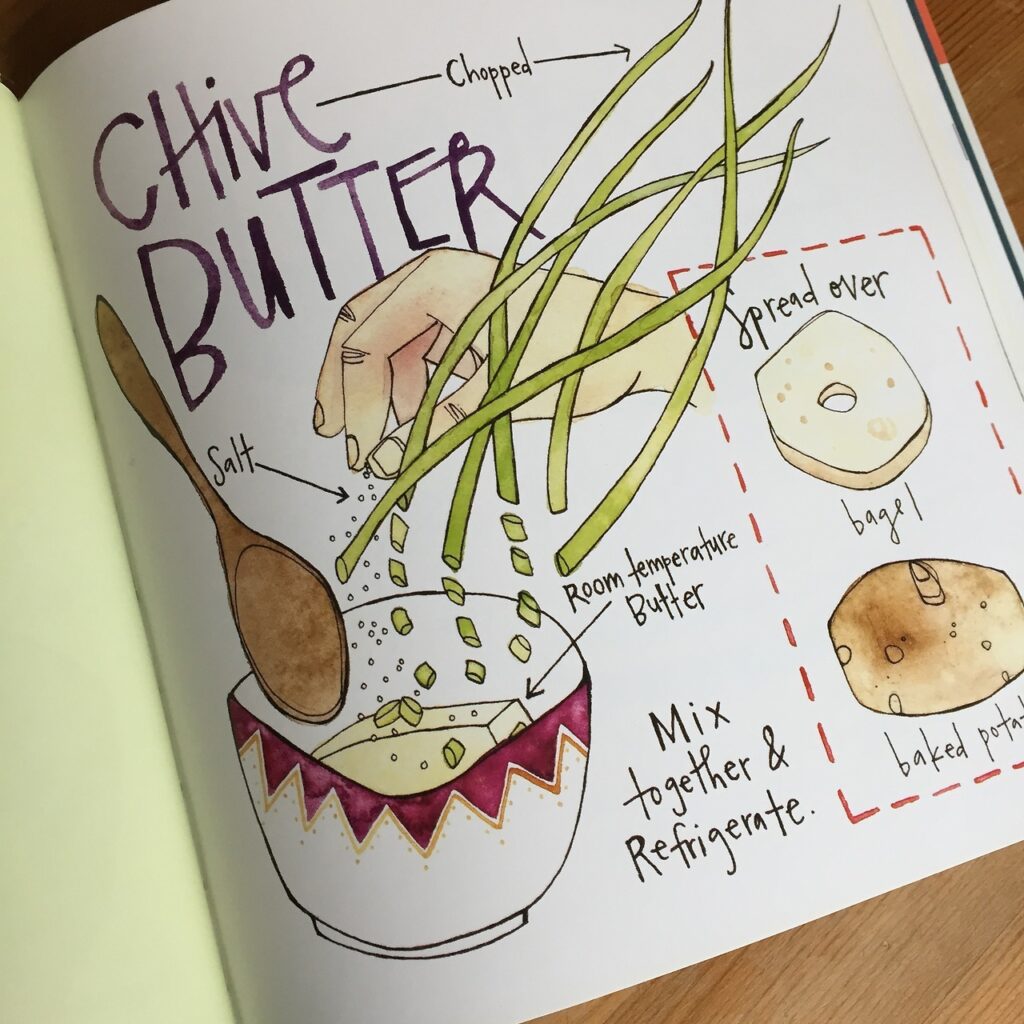

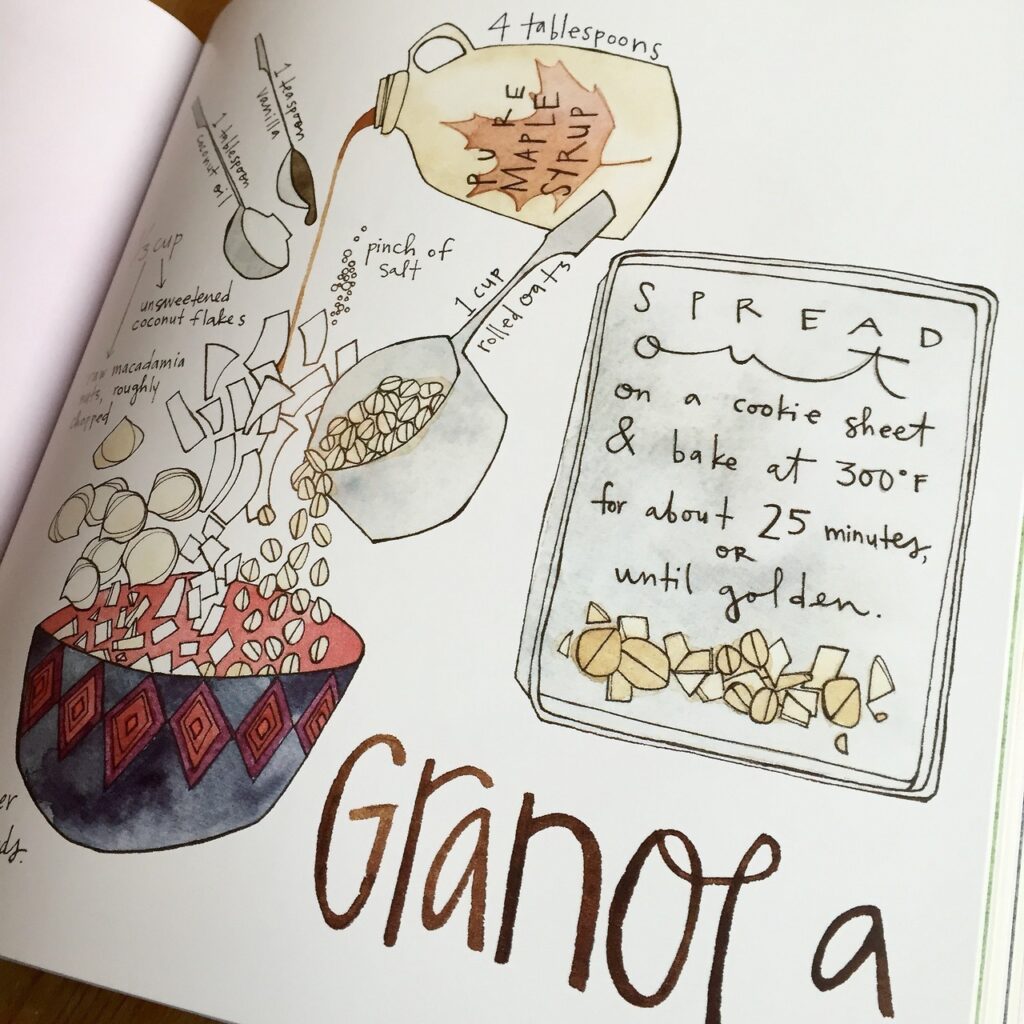


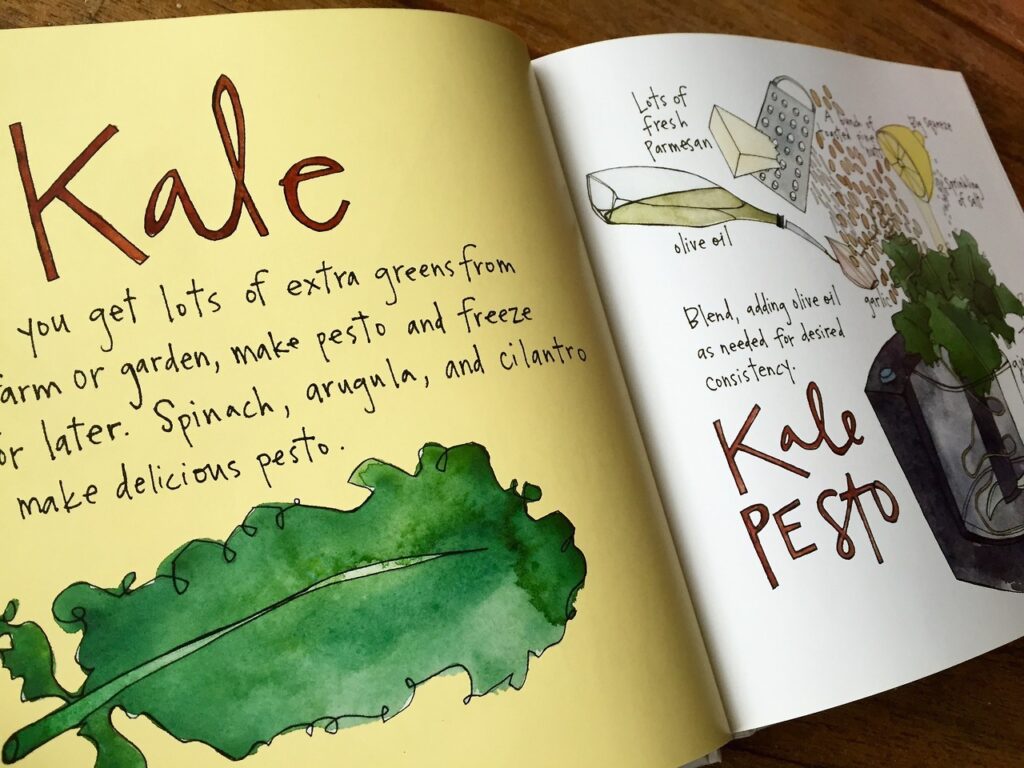
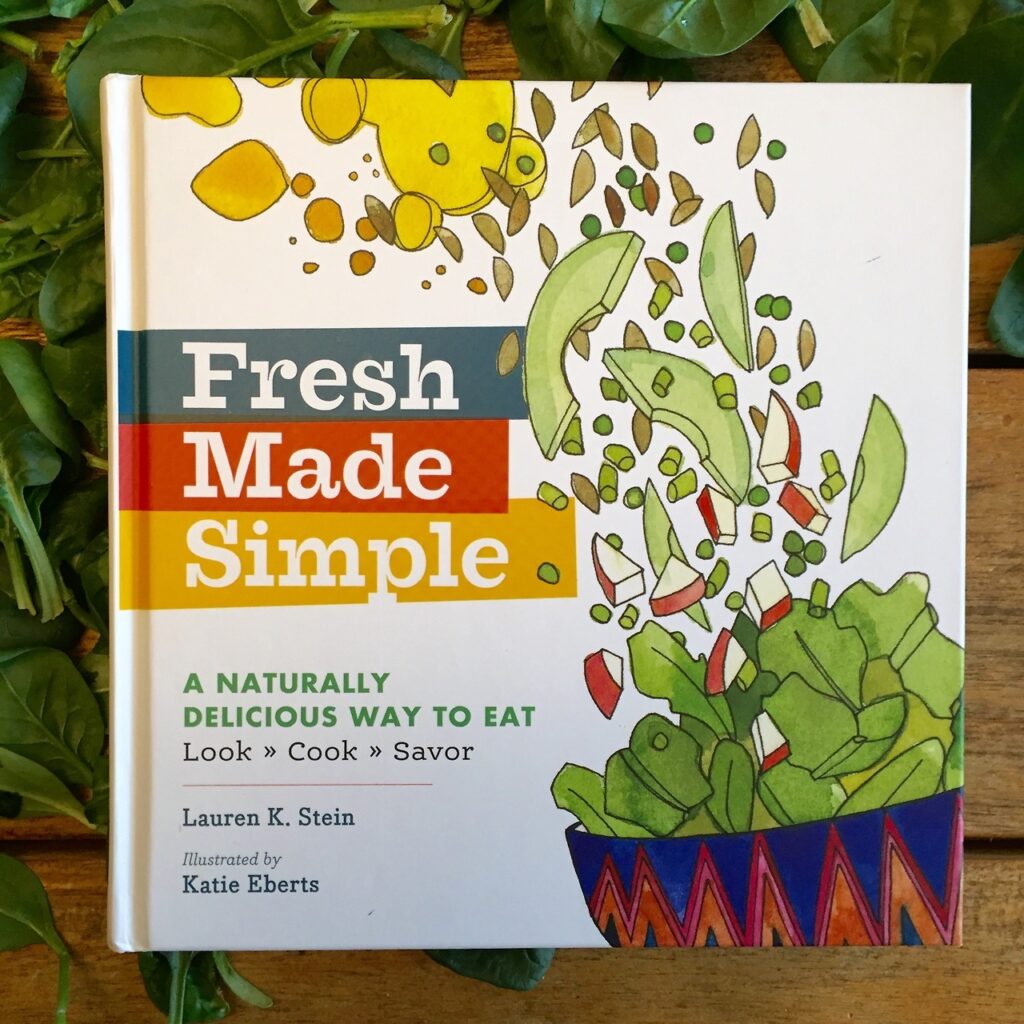
Fresh Made Simple: A Naturally Delicious Way to Eat: Look, Cook, and Savor
by Lauren K. Stein, Katie Eberts (Illustrator)
Storey Publishing
2015, 200 pages, 8.1 x 0.8 x 8.1 inches, Hardcover
Despite making a weekly meal plan, we eat at least one dinner a week out of the freezer and often ditch another well-planned meal for something quick and easy. Lauren K. Stine’s recipes in Fresh Made Simple are not only great for fast, fresh, mid-week eats, but also for quick, clean snacks and spreads to whip up when unexpected guests come knocking. This book is so inviting and easy to use. All it takes is a quick look at Stine’s simple list of staples for stocking a “fresh kitchen” and a scan of one of Katie Eberts’ illustrated spreads before heading to the grocery store or farmer’s market. Much of the actual meal-making takes 10 minutes or less of prep.
Unlike a traditional cookbook, Fresh Made Simple’s recipes don’t include a list of ingredients or even precise measurements. All of the ingredients and most of the kitchen action is illustrated rather than written out. Amounts appear as written-in labels. In the Ginger Lemon Honey Butter recipe, for example, lines connect a bright yellow lemon to the word “zest” and a tipped bottle of honey to “just a squeeze.” Eberts draws most of the meals in-the-making: salad components cascading down into a bowl, pesto ingredients sprinkled, squeezed, and grated into a food processor. The whole thing is designed perfectly to convince the crunched-for-time cook that a fresh meal really can be simple. As an added bonus, my preschooler was thrilled to “read” her first recipe (a fruit and veggie smoothie) and tell me how to make it.
CHILDREN’S BOOKS ABOUT ABSTRACT SUBJECTS
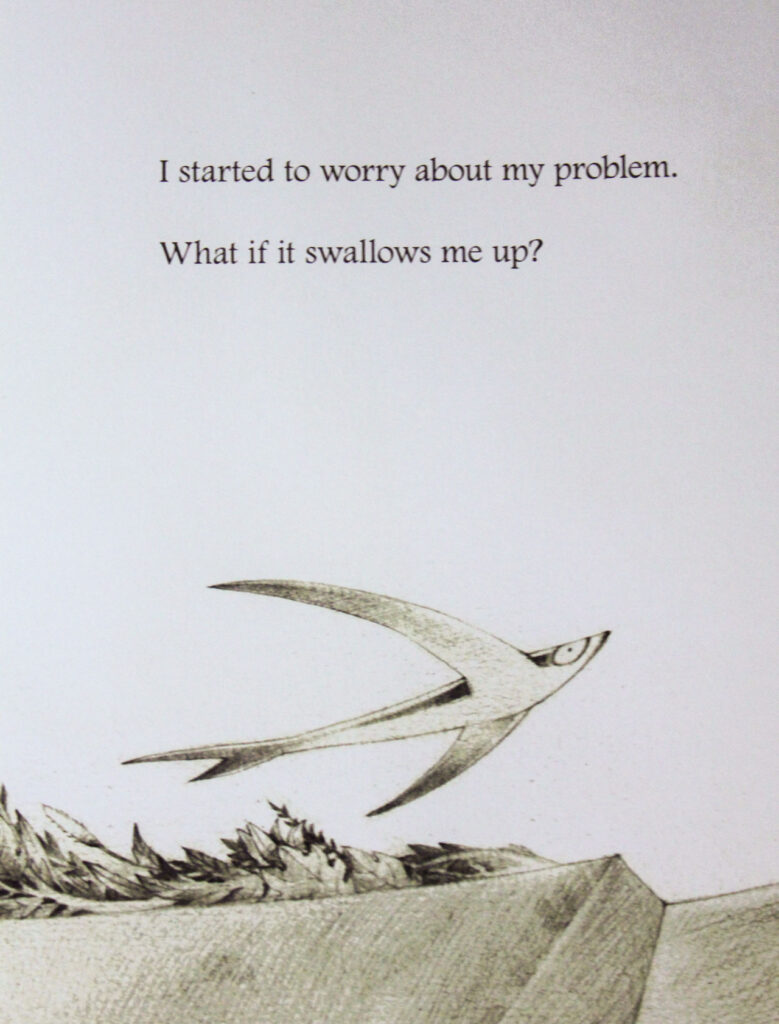
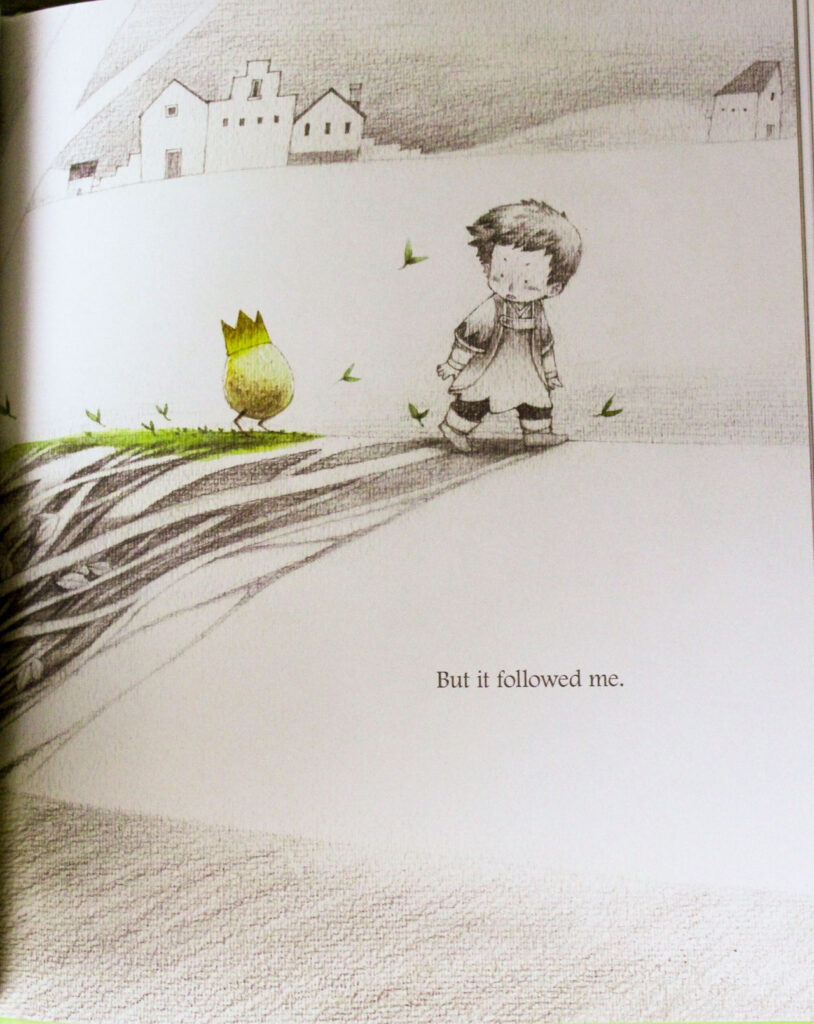
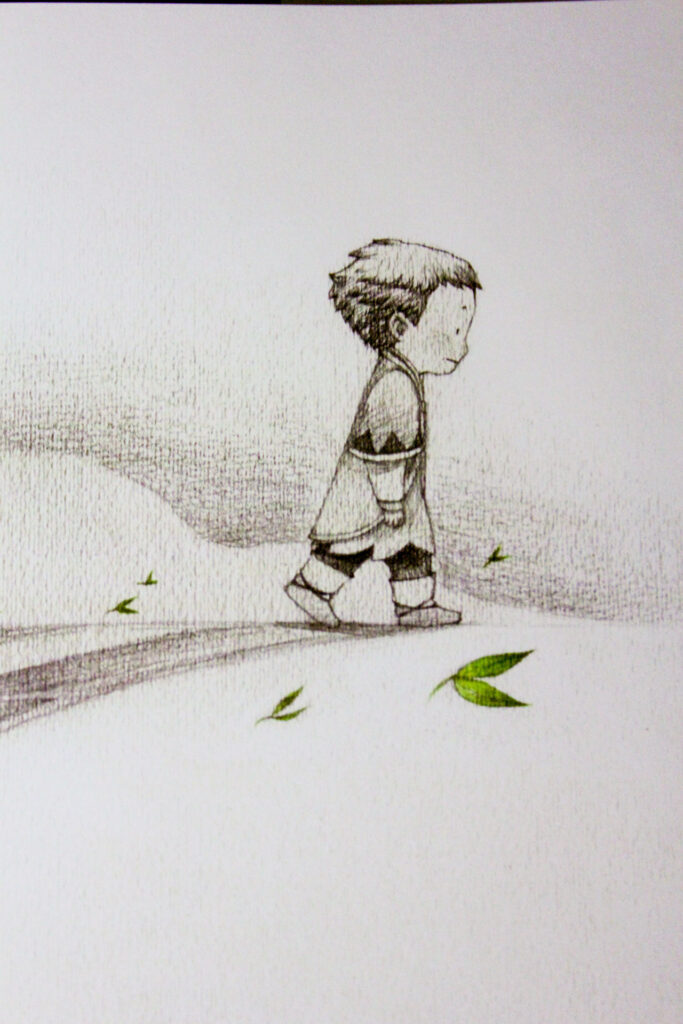
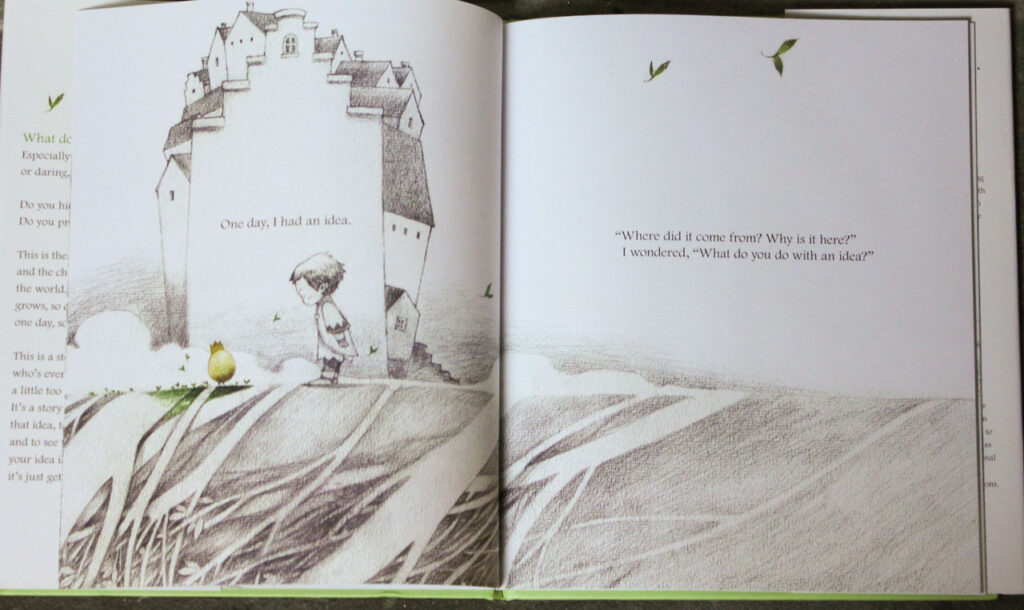
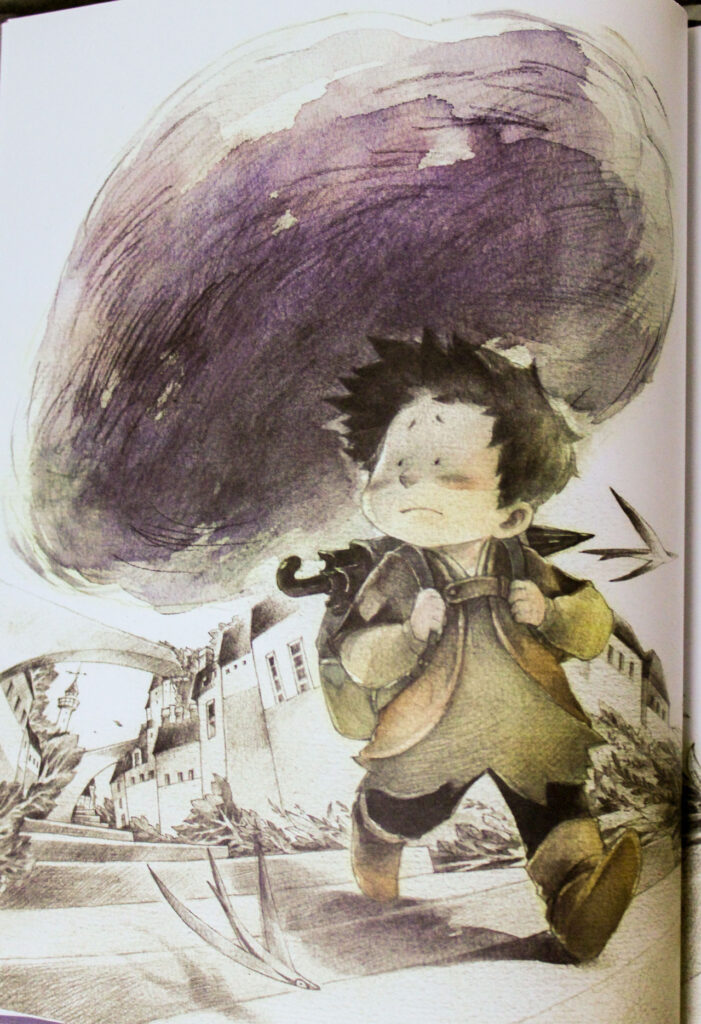
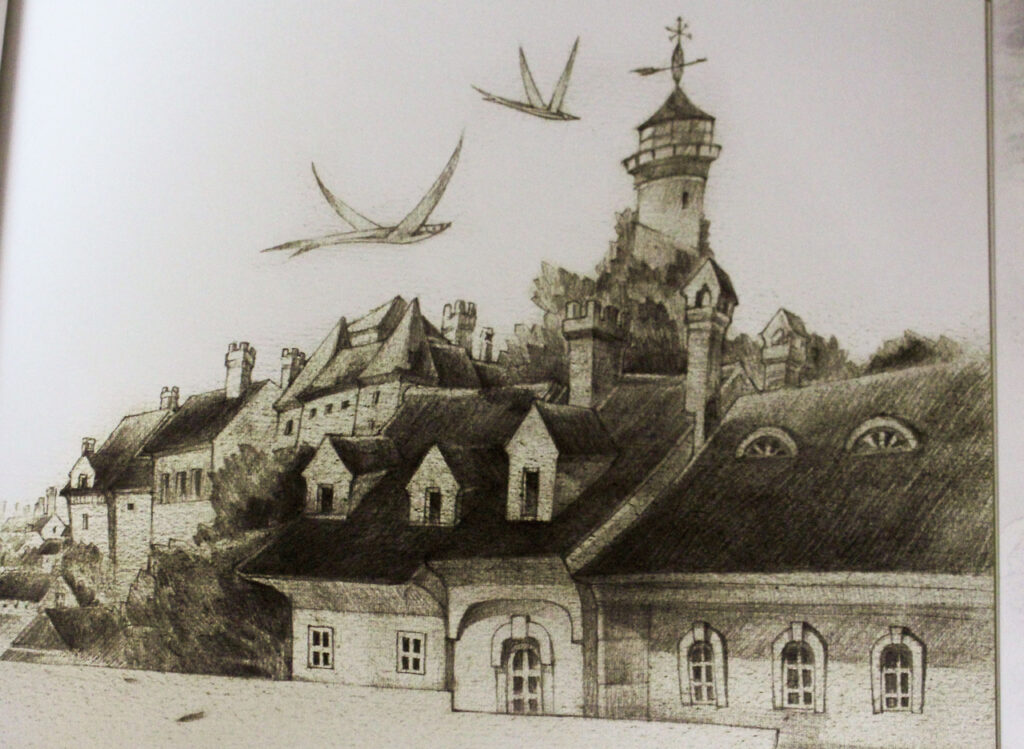
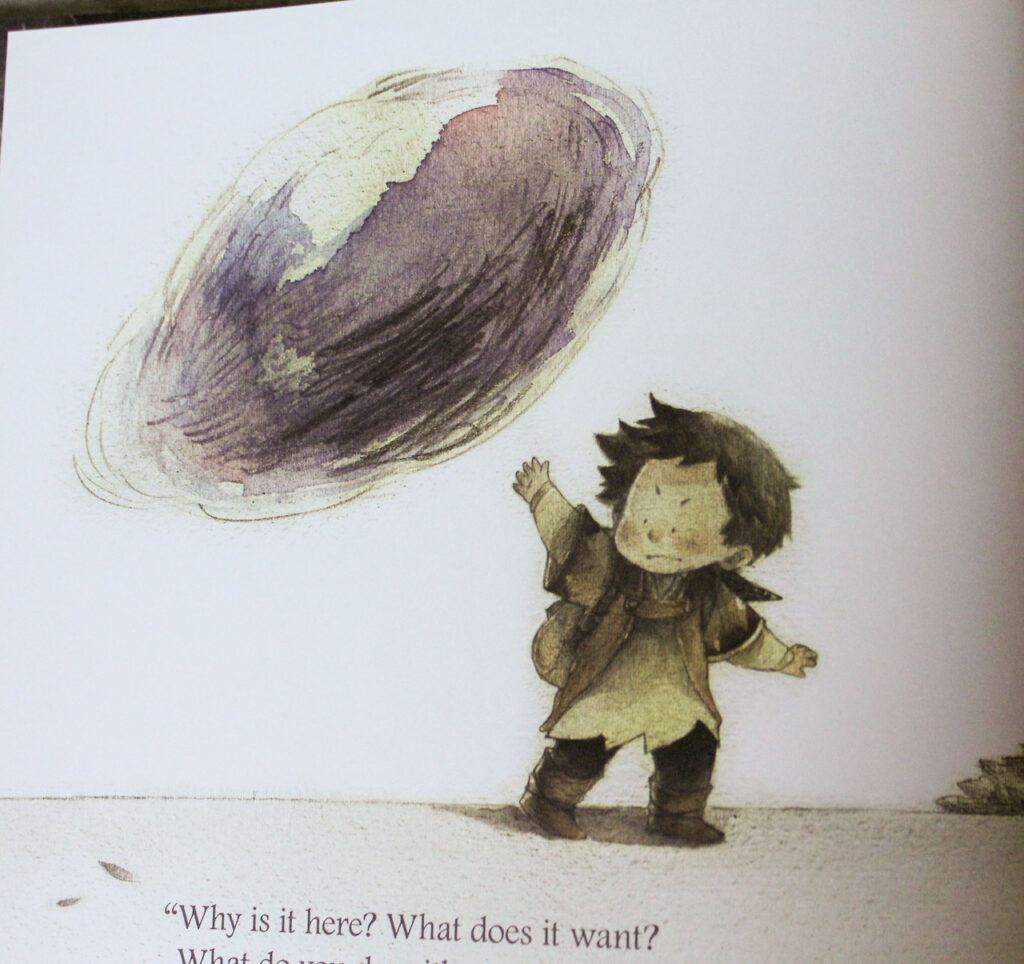
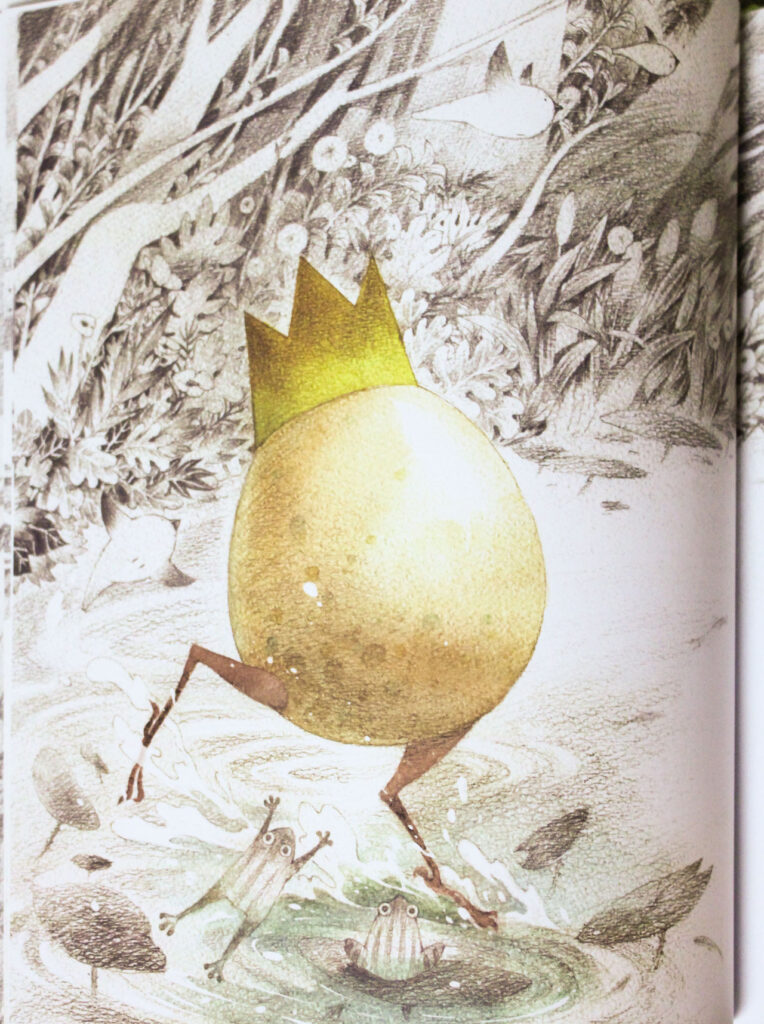
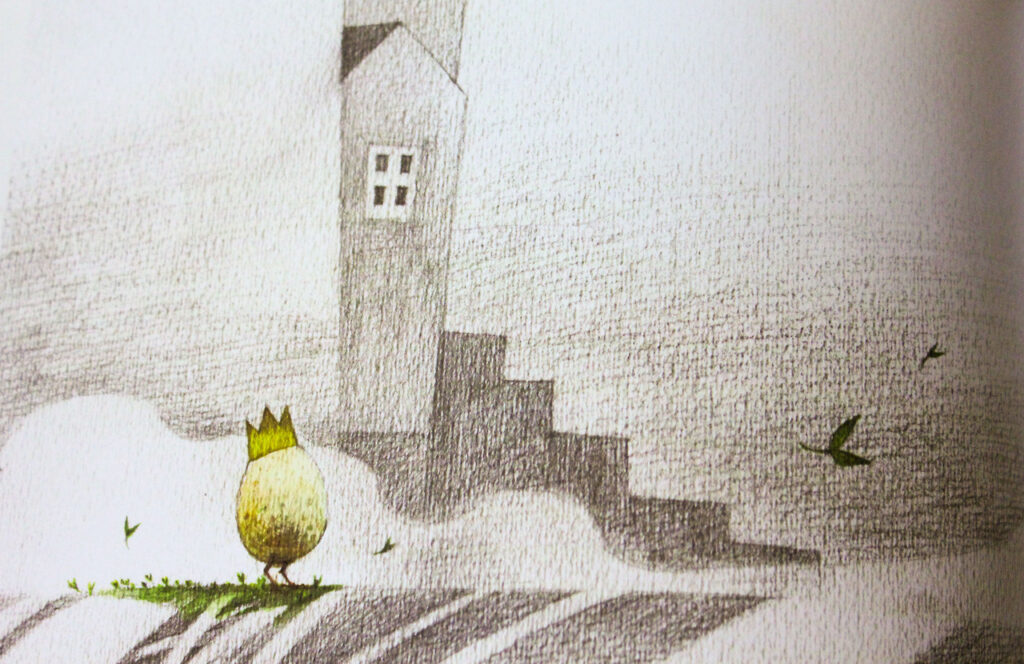
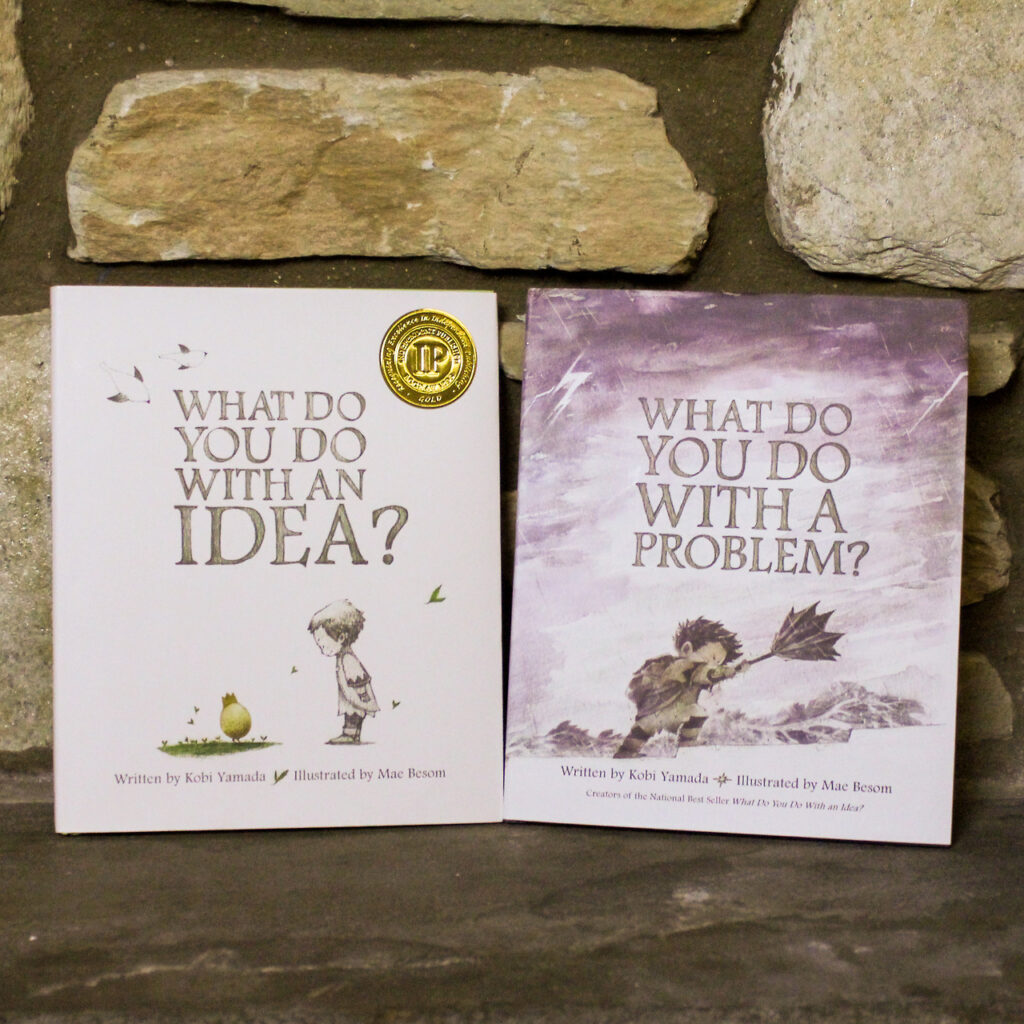
What Do You Do With an Idea?
by Kobi Yamada & Mae Besom
Compendium Inc
2014, 36 pages, 9.0 x 0.8 x 10.8 inches, Hardcover
What Do You Do With a Problem?
by Kobi Yamada & Mae Besom
Compendium Inc
2016, 36 pages, 8.9 x 0.6 x 10.6 inches, Hardcover
How do you explain an abstract concept to children? Kid lit is filled with depictions of good manners, sharing, and other physical acts that lend themselves well to visual representation, but until now I haven’t read a book that tackles the very notion of idea itself. The fact that What Do You Do With an Idea? does it so effortlessly is even more impressive.
We’re given the story of a young child (interestingly, you can’t tell if they are male or female, and a case could be made for either) who one day has an idea. The idea visually takes the form of a small golden egg, which is the beginning of a great, easy to understand metaphor. We follow the child as they try to ignore the idea, then are afraid of the idea, and eventually embrace the idea, all while this visual metaphor expertly tells the story. I could say more, but it’s such a treat to experience the first time that I suggest finding a copy and discovering it for yourself.
The companion book What Do You Do With a Problem? follows a similar structure, in which a child discovers they have a problem, tries to ignore it, and has to confront it, this time learning the value of overcoming our problems. A new, clear visual metaphor again tells the story, but this time the story delves a bit more into what a problem actually is. Given that people tend to fear problems a bit more than they fear ideas, Problem is a bit darker than Idea, which is good for keeping it from being repetitive.
Together, the What Do You Do books are truly great picture books that explore in an easy, kid-friendly tone how you can nourish ideas, and what you can learn from problems. The artwork is among the coolest I’ve seen in any picture book, with Problem featuring the more detailed drawings, added colors, and an even more expressive visual storytelling element. Artist Mae Besom has created a unique look that feels almost like it was scrawled on ancient parchment and passed down through the ages. It is a suggested fantasy world that feels entirely its own, yet comfortably familiar. That could be the perfect explanation for the books themselves; completely new, yet utterly classic.
– Alex Strine
How do you explain an abstract concept to children? Kid lit is filled with depictions of good manners, sharing, and other physical acts that lend themselves well to visual representation, but until now I haven’t read a book that tackles the very notion of idea itself. The fact that What Do You Do With an Idea? does it so effortlessly is even more impressive.
We’re given the story of a young child (interestingly, you can’t tell if they are male or female, and a case could be made for either) who one day has an idea. The idea visually takes the form of a small golden egg, which is the beginning of a great, easy to understand metaphor. We follow the child as they try to ignore the idea, then are afraid of the idea, and eventually embrace the idea, all while this visual metaphor expertly tells the story. I could say more, but it’s such a treat to experience the first time that I suggest finding a copy and discovering it for yourself.
The companion book What Do You Do With a Problem? follows a similar structure, in which a child discovers they have a problem, tries to ignore it, and has to confront it, this time learning the value of overcoming our problems. A new, clear visual metaphor again tells the story, but this time the story delves a bit more into what a problem actually is. Given that people tend to fear problems a bit more than they fear ideas, Problem is a bit darker than Idea, which is good for keeping it from being repetitive.
Together, the What Do You Do books are truly great picture books that explore in an easy, kid-friendly tone how you can nourish ideas, and what you can learn from problems. The artwork is among the coolest I’ve seen in any picture book, with Problem featuring the more detailed drawings, added colors, and an even more expressive visual storytelling element. Artist Mae Besom has created a unique look that feels almost like it was scrawled on ancient parchment and passed down through the ages. It is a suggested fantasy world that feels entirely its own, yet comfortably familiar. That could be the perfect explanation for the books themselves; completely new, yet utterly classic.
– Alex Strine
04/30/24





